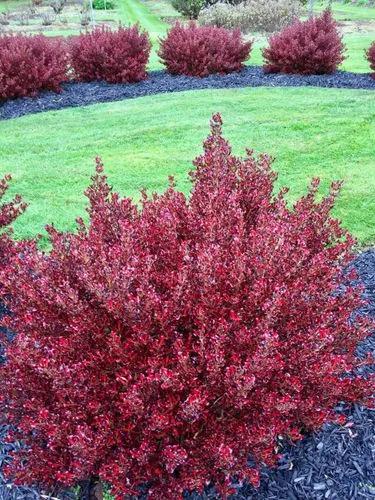Drosera capensis, commonly known as the Cape sundew, is a small rosette-forming carnivorous species of perennial sundew native to the Cape in South Africa. It has become one of the most common sundews in cultivation.
Cape sundew Care
Drosera capensis



Drosera capensis or the Cape Sundew is one of the easiest of all carnivorous plants to grow. It is medium-size with long strap-like leaves, loaded with red tentacles. It has a nice overall green and red appearance and glistens brightly in the sunlight. Insects are lured to the plant and get mired in the sticky dew of the tentacles. The leaves slowly roll over on to the prey in about 30 minutes, creating an effective digestive pouch around the victim. Digestion takes a few days and the leaf uncurls to leave the prey remains behind. It is a tropical plant growing year round, as long as the conditions are warm and bright. In cooler temperatures it stops growing, but holds its traps.
How to Care for the Plant

Water

Aim to keep the potting medium evenly moist. Use rain water or distilled water.

Fertilizer

Don't fertilize because it will burn the roots and may kill the plant. Since sundews are unlikely to catch insects in the house, you can feed it dead flies spring through fall. Don't use flies that have been exposed to insecticide because it will damage the plant.

Sunlight

Provide bright indirect light.

Soil

Live sphagnum moss or a half-and-half mix of peat moss and horticultural sand.

Temperature

Average room temperatures of 60-75°F/16-24°C are fine. It will tolerate a wider range. Cold air may cause dormancy so it's best to maintain normal room temps for it year-round.

Container

Choose any type of container with enough drainage holes.

Popularity

1,934 people already have this plant 281 people have added this plant to their wishlists
Discover more plants with the list below
Popular articles






